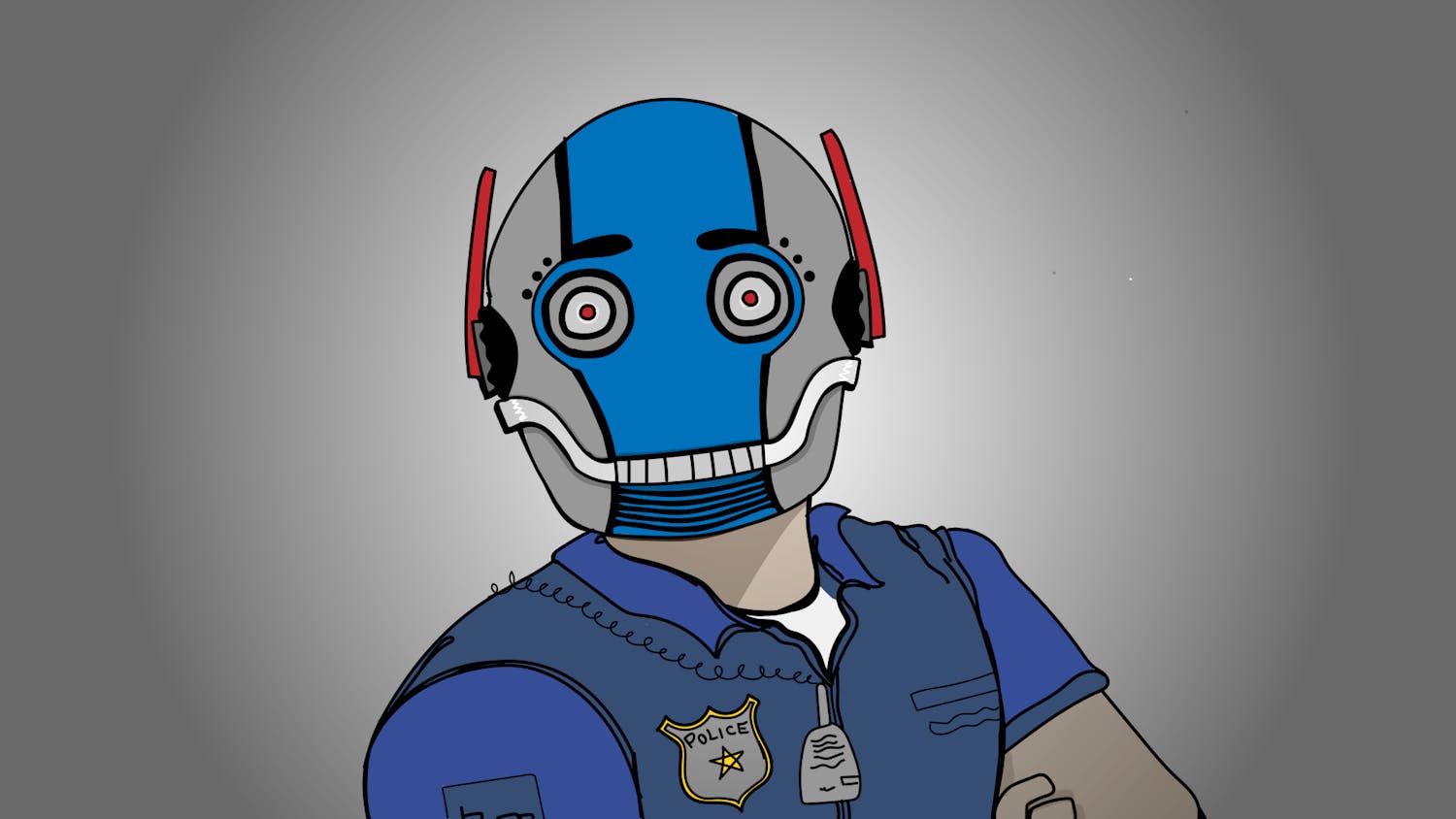Parade magazine (Aug. 31, 2003) recently featured an article on Social Security by commentator Andrew Tobias. While the article presented a nice synopsis of the Social Security system's history and function and offered sound investment advice for current workers, Tobias' argument was laced with biased and misleading information. \nSocial Security's pending train wreck boils down to a simple math problem. The payroll tax rate for Social Security is governed by two variables: the size of a person's benefits and the number of workers per beneficiary. \nIf either of these two variables changes, the tax rate will change accordingly. As the baby boomers start to retire, the worker-to-beneficiary ratio is going to drop considerably and the scales are going to tip in a bad direction. Of course, one would naturally compensate by raising the payroll tax, cutting benefits or raising the retirement age. \nTobias calls all of these measures "terrible," yet he strangely goes on to advocate each of them. Tobias and his "experts" need a history lesson. In 1983, the government enacted Social Security reforms that raised the payroll tax, cut benefits and raised the retirement age. Now 20 years later, the situation has worsened. \nBy 2017, Social Security won't even be able to cut a check without incurring an equal and opposite debt. The "trust fund" might as well be non-existent, because it contains nothing more than a $1 trillion stack of IOUs from the Treasury Department.\nIf Social Security follows through on its promised benefits, by 2075 the payroll tax will need to be at roughly 20 percent just to sustain the system. American workers deserve more than loose bandages on the current system.\nIt's time for real reform.\nIn the Parade article, Tobias criticizes tax cuts for the "wealthy" (which hinted his bias) and goes on to denounce any proposal to "privatize" Social Security with personal accounts. His reason: too much paperwork. Such a lazy response cheapened the rest of Tobias' research and writing to mere scribbles.\nHis use of the word "privatize" is very deceptive; the Social Security program would have to become independent of the government to be privatized. Since none of the reform proposals put forth by the President's Commission to Strengthen Social Security removes the program from the hands of the government, privatization should not even be an issue.\nThose committed to sound reform include the bipartisan President's Commission and the Cato Institute Project on Social Security Choice. These groups support personal accounts that will allow workers to invest a portion of their Social Security monies.\nA system with personal accounts would greatly increase benefits and guarantee even minimum-wage workers a life above the poverty line. Our current system can't even do that. \nSome may wonder, "Isn't Tobias right? Wouldn't it be hard to control all of those accounts?" Andrew Biggs, a Social Security analyst at the CATO Institute and a former staff member on the President's Commission, wrote in a memo (July 9, 2002): "Social Security's independent actuaries estimate that personal retirement accounts could be administered for a cost of 0.3 percent of assets managed." Just to give a perspective, the administrative costs for the average mutual fund are five times that.\nAs election time draws near, the Social Security debate is going to ignite. In the meantime, all American workers should do their homework and learn about their options. The research of the President's Commission and the CATO Project provide endless analyses to inform the public. Only with knowledge will we be able to make the right decision for Social Security's future.
Social Security obligation
Get stories like this in your inbox
Subscribe





